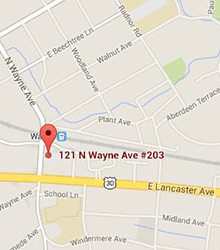You’ve heard that dental implants are a secure, long-lasting tooth replacement. You’re ready
to proceed but…there’s one problem!
It has to do with a primary aspect of your implant treatment.
Your jawbone.
Reasons could include gum disease, bone loss, or other related issues. Bottom line, a dental
implant requires adequate bone to securely anchor it.
No worries. There’s a Plan B.
A bone graft can be used to add supportive bone to your jaw. The bone tissue that’s used
adapts and attaches to your jawbone forming a solid location for your implant.
You can use that?
What’s ironic is where the bone tissue can be found and what the procedure accomplishes.
Bone can be used from a number of locations in your own body.
Your chin or another back portion of your lower jaw are often sources of bone tissue for a
graft. If you cannot personally contribute bone or choose not to do so, bone can be taken
from a human cadaver, cows, and in some instances we can use synthetic resources.
What to expect
Your bone grafting procedure can be done in our dental office using local anesthesia for
single tooth implants. Multiple implants and the use of a larger amount of bone tissue for
the graft can require an off-site procedure.
We will help assure your comfort during the procedure. Bone will be extracted from the
designated location (chin or jaw) and secured into the location where bone tissue is needed
for your dental implant.
Some important details
It is essential that your bone graft area be allowed to fuse with your available tissue. This
healing period of approximately six months prior to implant placement will also improve the
success of your dental implant.
Pain medication can be prescribed to you following the procedure. An antibacterial solution
such as a mouthwash also helps assure the area heals properly.
Contact our Wayne dental office about dental implant treatment for your tooth loss.
Schedule an examination to ask questions about the implant procedure and determine the
health of your bone tissue.

